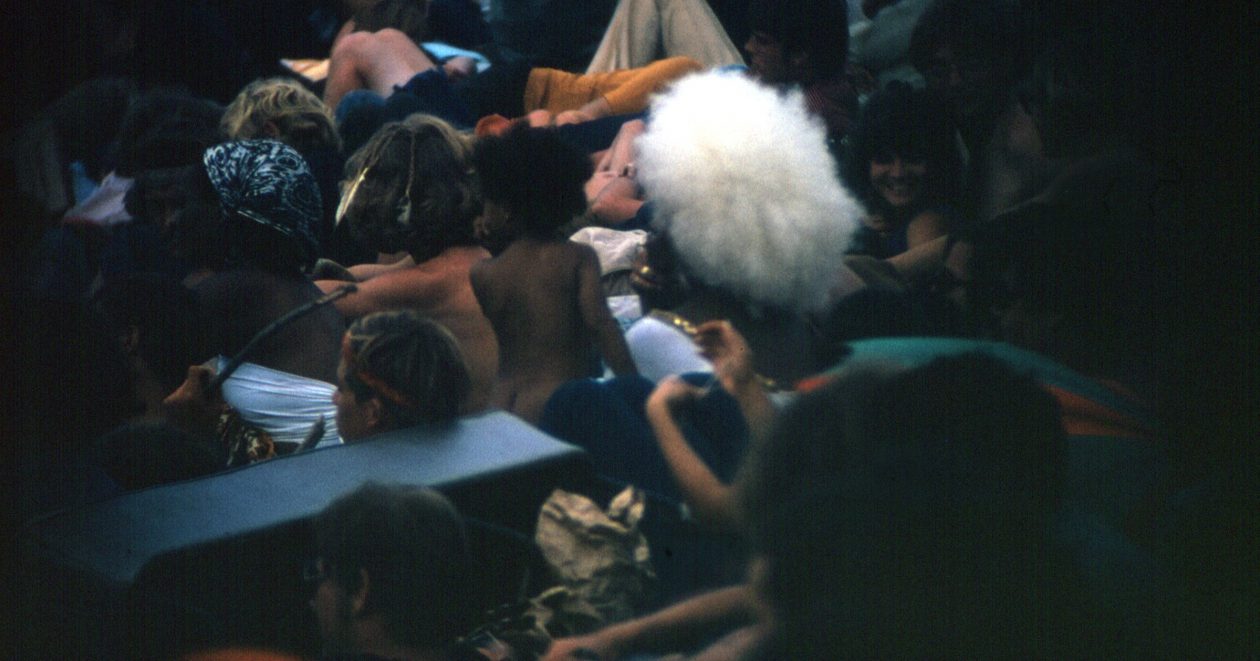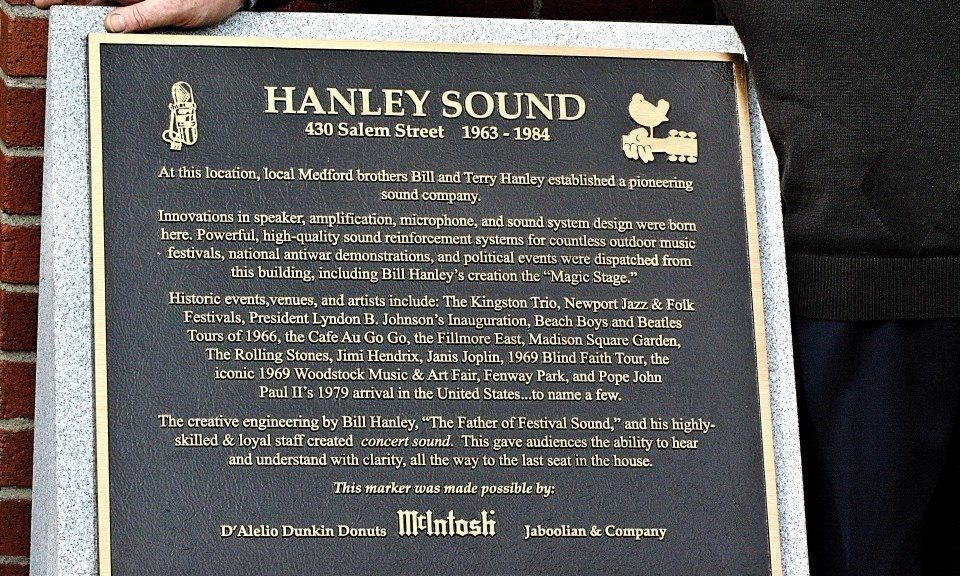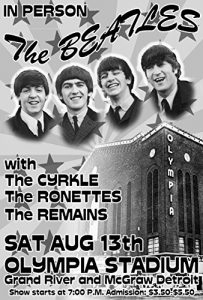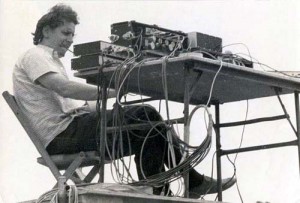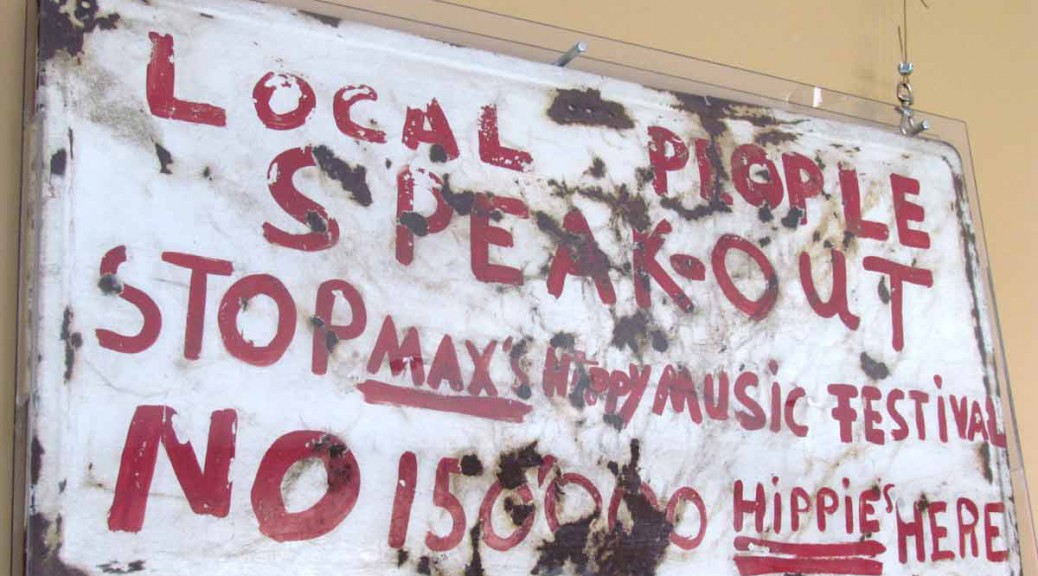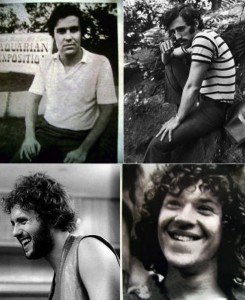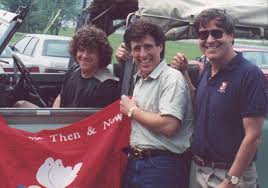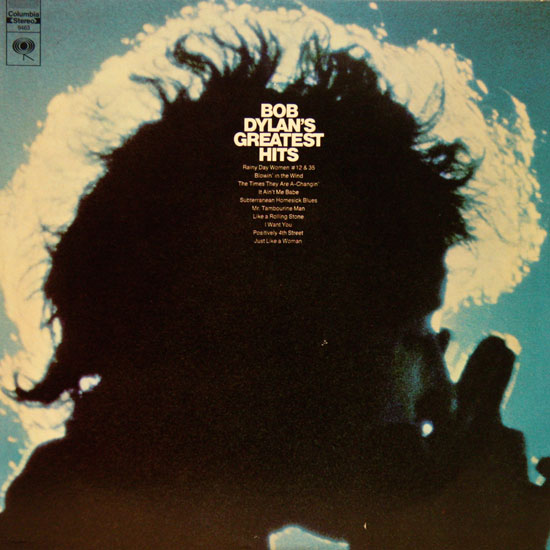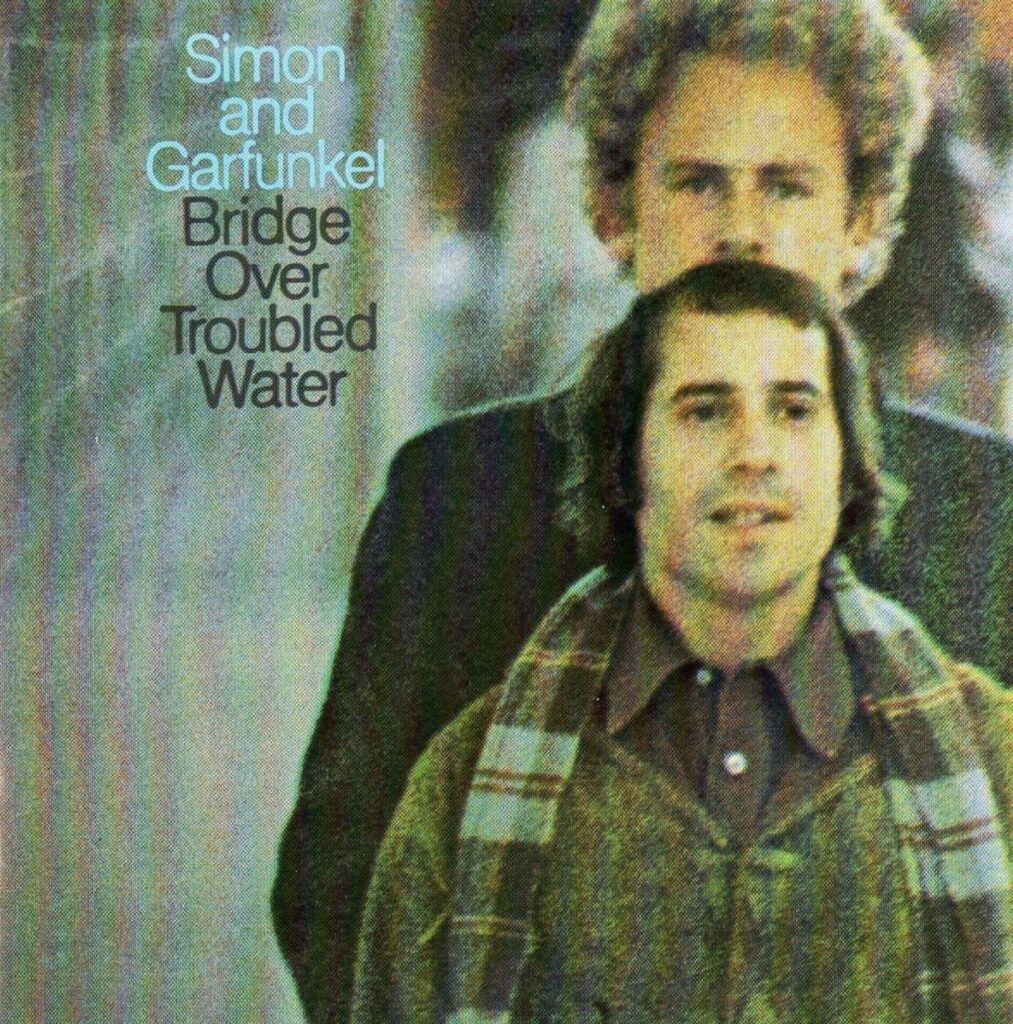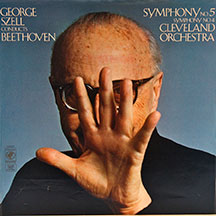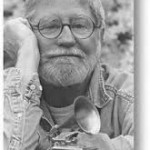Bill Hanley Soundman Extraordinaire
Who is this guy?
Early Bill
Bill Hanley was born in Medford, MA on March 4, 1937.
In 1937 radio still ruled the airwaves. Like some other young people of his time, listening to the radio evolved into looking inside and discovering the world of electronics.
During the early 60s, a childhood friend of mine showed me how easily we could hook up an extra speaker or two to my simple record player to enhance the sound. Such “simple” reconstruction can lead to the love of sound.
Such was the case with Bill Hanley and his brother Terry.
Bill Hanley Soundman Extraordinaire
Outdoor sound
Keep in mind that for most outdoor sound at this time, the phrase was PA, as in “public address.” That is, the group or individual that needed outdoor sound concentrated on sending the speaker’s voice out into the audience.
The Hanley brothers loved good sound and their love coincided with a time of increased outdoor music events and musicians needed more than simply sending the singer’s voice, musicians needed their instruments to be heard as well.
Bill Hanley Soundman Extraordinaire
Hanley Sound
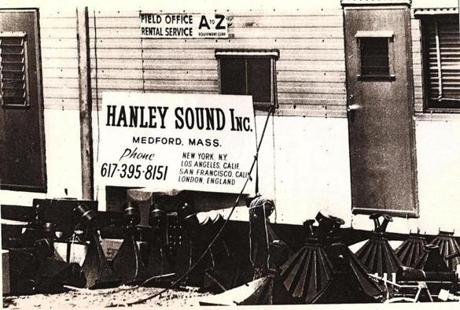
In 1957 Bill Hanley began a relationship with the Newport Jazz Festival and its organizer, George Wein. Remembering that difference between what a PA can do versus what a good “sound system” can do, think about how important quality sound production would be to jazz musicians.
Shortly after that Bill and Terry Hanley began Hanley Sound Inc, at 430 Salem St. in Medford, MA.
Bill Hanley Soundman Extraordinaire
Good timing
In 1964 Baby Boomers experienced Beatlemania and the British Invasion. Like all stories, being in the right place or knowing to be in the right place at the right time can make all the difference.
In 1966 Hanley Sound was working with The Remains, a Boston band (“the greatest band you never heard of”) and while the Remains were not a household name outside of Boston, they were good enough to land quite a gig: the 1966 Beatle tour.
Bill Hanley Soundman Extraordinaire
Epstein meets Hanley
On that tour Brian Epstein recognized the quality that Hanley Sound could produce and used them. Next came the Beach Boys. And by the end of the 60s, Hanley sound was doing outdoor concert after outdoor concert.
The most famous one was the Woodstock Music and Art Fair.
Bill Hanley Soundman Extraordinaire
Last Seat In the House
Bill Hanley continued his golden touch on sound. One person in particular who has tried to get the recognition for Bill Hanley that he so deserves is a John Kane. John worked on years on a documentary about Hanley called “Last Seat In the House.”
The title reflects the goal that Hanley Sound always aimed at: that the people in the last row could hear the music as well as anyone seated anywhere else.
It finally premiered in November 2024.
Bill Hanley Soundman Extraordinaire
Here are some words from John Kane:
I am a post grad doctoral student and for the past three years I have been researching the life/career of pioneer sound engineer Bill Hanley. Since the beginning of this research, until now my discoveries have been overwhelming.
Collectively, sound reinforcement is an area of technology that is often overlooked. It is my hope that the Rock and Roll Hall of Fame acknowledges, considers, and/or inducts Bill Hanley and his pioneering sound company into their institution. If the RRHF leadership were to peel away the layers of popular music as we know it today, they would surely realize that the area of “sound” owes much to Hanley’s pioneering work. An acknowledgment like this would bring light and significance to an era innovation where quality sound in popular music mattered most…the 1960s and 1970s.
In my view (and others) Hanley was a primary force in bringing quality sound to the forefront of the evolving music and political arenas. When primitive public address technology was the “norm” for various events, the influence of Bill Hanley elevated the quality of sound via his innovative methods and application.
Lastly, if you choose to sign this petition would you kindly forward this email to your network of friends and colleagues? This will allow us to reach our rather ambitious goal.
